Kimoto relocated from its original restaurant in Kobe and reopened in Kagurazaka in Tokyo in October 2018. Yasuya Kimoto trained previously at Sakurada (a 2 star in Kyoto) and then opened restaurant Kimoto in Kobe in 2010, and was awarded two Michelin stars before relocating. He is the son of a chef who had a French restaurant in Hyogo called Chez Kimoto. Kimoto has reportedly refused Michelin coverage since moving to Tokyo and no longer has Michelin stars.
Kimoto is located not too far from Shinjuku station in a quiet residential street opposite a block of flats. The entrance is discreet even by Japanese standards, a forbidding black door with an intercom buzzer that looks rather like it leads to a garage or some lockup storage. In fact when you buzz for admittance you go through to a pretty, tree-lined path that leads to a small garden. Follow the stepping stones to the left and you are led to the door of the restaurant. The dining room is starkly decorated, if that is the right word, with bare plaster walls and a single handsome cypress wood counter seating eight diners. Kimoto currently ranks as the eleventh highest Japanese restaurant in Tokyo on local website Tabelog.
The kaiseki meal here is ambitiously priced at ¥53,460 (£396) per person yet the place is very hard to book, so I was intrigued to see what would unfold. The meal began with a lobster jelly, with pieces of lobster meat embedded in the jelly, garnished with slivers of matsutake mushrooms and served with a couple of pickles. This was very pleasant, the lobster quite tender, and the pickles good (15/20). Next was a dish of matsutake mushrooms served on a bed of warm rice and topped with salmon roe. Normally rice appears only at the end of a kaiseki meal, so this was unusual and worked well, the mushrooms excellent and working nicely with the salmon roe, which was of unusually good quality (16/20).
This was followed by pike eel that was fried and perched on aubergine resting in a base of consommé. I rarely like fish served immersed in a soup in this way, as the flesh of the fish becomes soggy, but here the pike eel was positioned on top of the aubergine and so was unaffected by the consommé, thus retaining its firmness. The aubergine itself had excellent flavour and the consommé had a clean, pure flavour (16/20). Next was flounder sashimi with sea urchin and a yuzu dressing. The flounder was cut into very thin slices, the idea being to wrap some uni in each slice and dip it into the dressing. The uni was good, and the sharpness of the yuzu was a good way to balance to richness of the sea urchin (16/20).
Bonito was very lightly seared, the flesh virtually raw but the skin crisp, served with a cube of pickled radish. This was very enjoyable, though not quite in the league of the bonito I had eaten at Sugita for lunch. Still, this was high quality fish, and the pickle balanced it well (17/20). Abalone was smeared with its liver and served with a couple of ginkgo nuts. The abalone was quite tender, though this was not even the best abalone I had eaten today, and for me the liver flavour was rather dominant (15/20). This was followed by a cooked white fig, served warm and being very comforting. This was a very simple dish but the fig itself was excellent, and was very enjoyable (16/20).
The best dish of the meal was anago, or seawater eel, that had been grilled over charcoal and garnished with sansho pepper. The latter is a relative of the Sichuan peppercorn and has a similar numbing spice, but I prefer sansho pepper which is still spicy but is subtler. The eel was accompanied by exceptionally good lotus root, which had lovely flavour and unusually good texture. The eel itself was fabulous, with a hint of smokiness from the grill, and the pepper was exactly what was needed to balance its inherent richness (19/20). This was followed by a dish, if that is the word, that certainly illustrates the Japanese love of simplicity. It was a solitary cooked turnip, without further adornment. Perhaps there is some mystical symbolism about this that eluded me as a foreigner, but ultimately it was just a very nicely cooked, good quality turnip, and there are limits to how exciting that is ever going to be (13/20 at best). This dish reminded me a little too much of a famous sketch in the TV series Blackadder.
The final savoury course was A4 grade beef from Hokkaido that had been charcoal grilled, garnished with large black peppercorns. The meat itself was lovely and not too fatty (I find the A5 grade is usually overly buttery, at least for me) and the gently bite of the pepper went really well with the meat, which had previously been precisely seasoned with salt (18/20). An alternative for non-meat eaters was grilled black throat perch. This course came with a little bowl of rice and pickles, which traditionally denotes the end of the savoury section of a kaiseki meal.
Dessert was milk ice cream flavoured with vanilla and almond and laced with toasted almonds. This was very good, having smooth texture and with the crunch of the toasted almonds providing a nice contrast (17/20). This was served either with tea or a small glass of “sweet wine”, which to my pleasant surprise turned out to be a choice of either Rieussec or Yquem. The Yquem 2003 was an unexpectedly nice complement to the ice cream. Finally there was a tube-shaped sweet bean cake that was pleasant, and better than many such bean desserts that I have tried over the years (15/20).
The chef speaks a little English and seemed quite friendly, chatting away to his regular customers. The other staff were attentive and professional. The bill, with beer, came to ¥57,600 (£426) per person. Overall this was a very capable kaiseki meal, but the price is several times that of many other top quality kaiseki meals that I have eaten around Japan. With the exception of the eel dish I couldn’t really find anything here that justified spending literally a multiple of what you would pay at a high quality kaiseki restaurant elsewhere. Some people clearly do, and the chef was taking bookings at the end if dinner from regular customers for return visits. This restaurant may be an example of what is known in economics as the “Veblen effect”, whereby demand for a luxury item paradoxically increases (rather than the decrease you would usually expect) as its price goes up, due to some consumers viewing it as a status symbol: the high price itself becomes part of the attraction, due to exclusivity. Personally I prefer restaurants that offer good value, and although the food here is objectively good, I cannot see what justifies the very hefty price premium.



















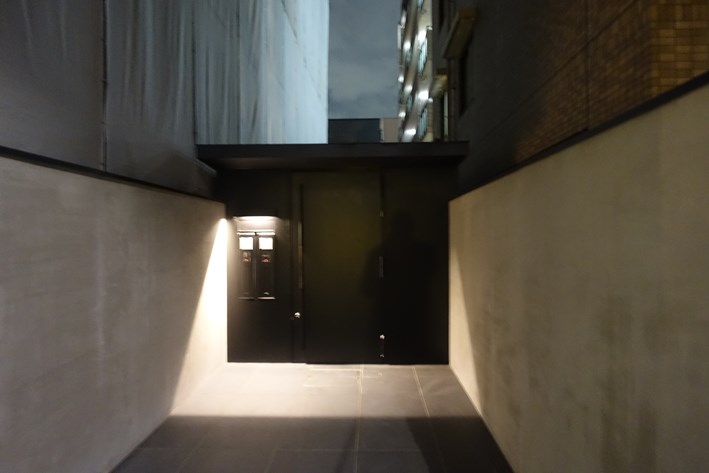

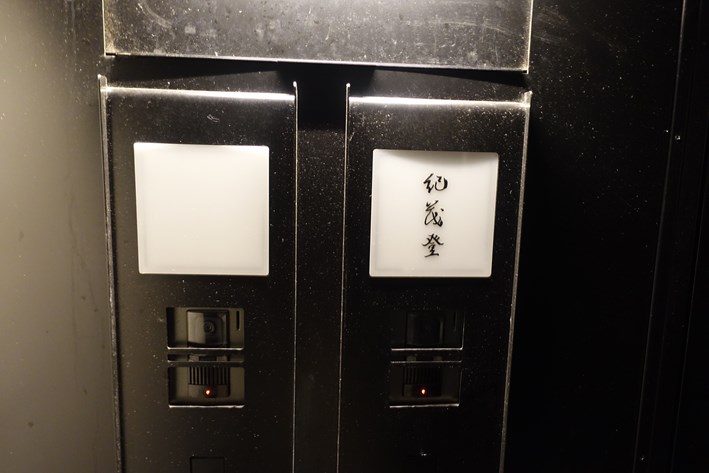
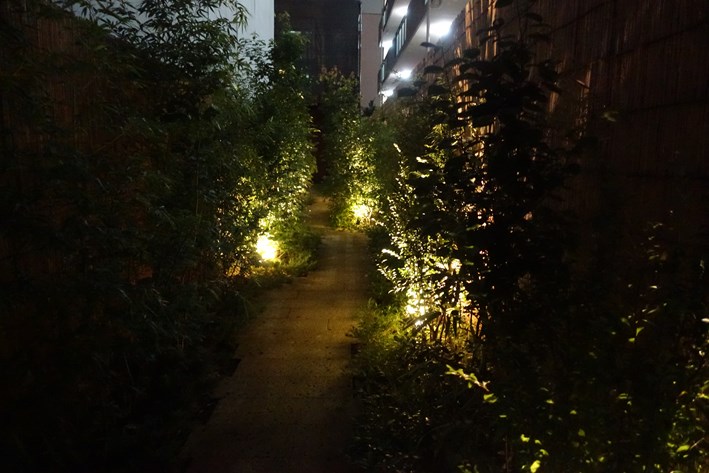
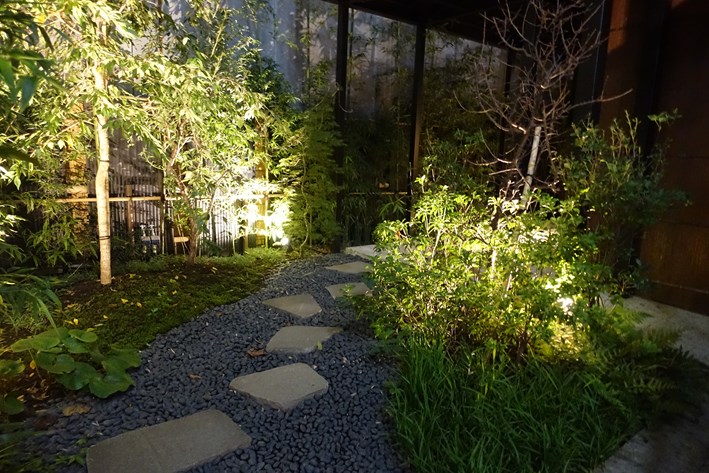
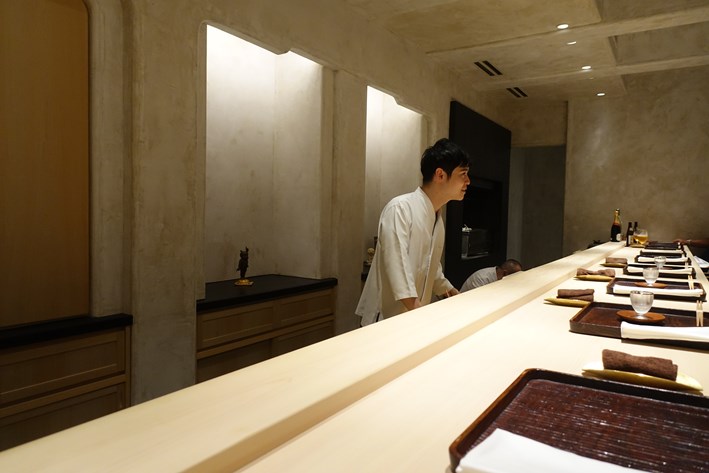
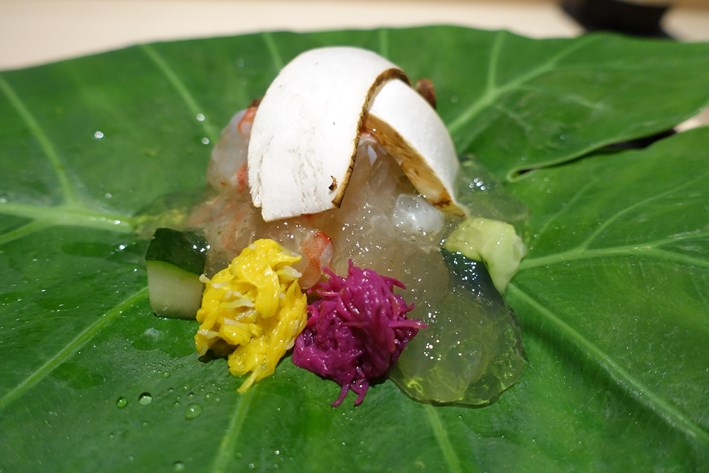
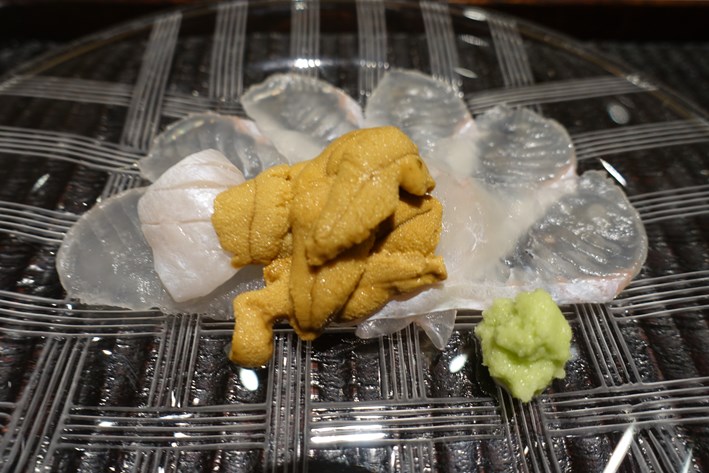

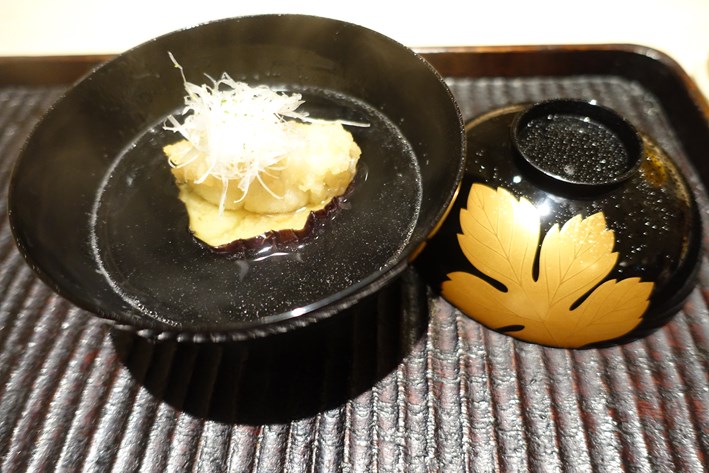
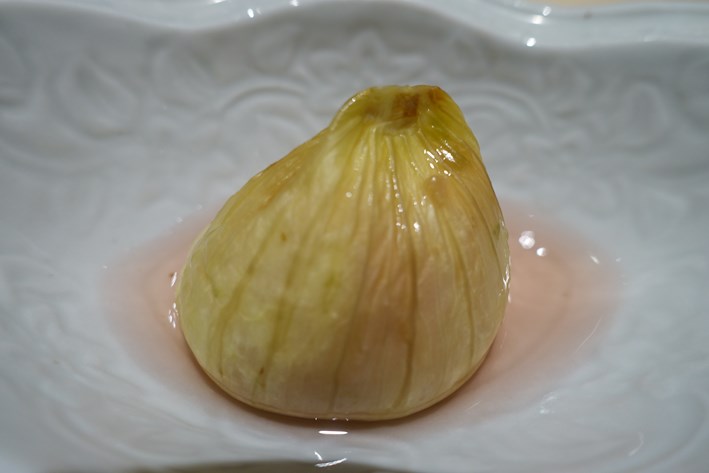
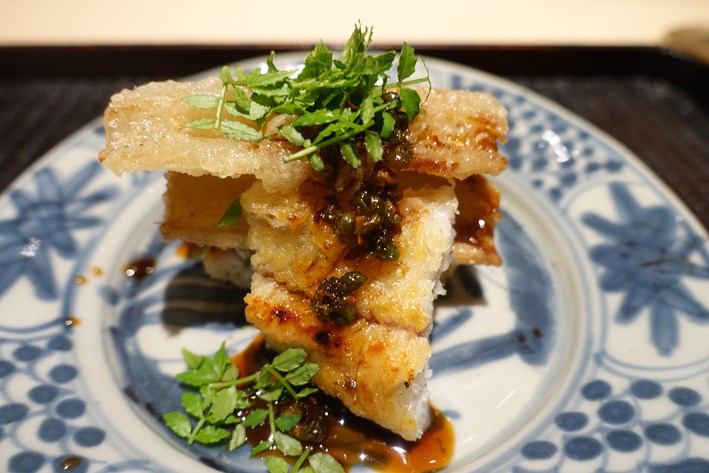
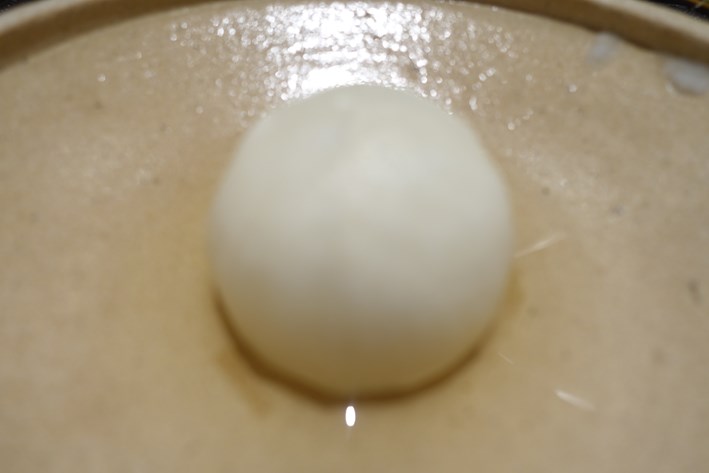
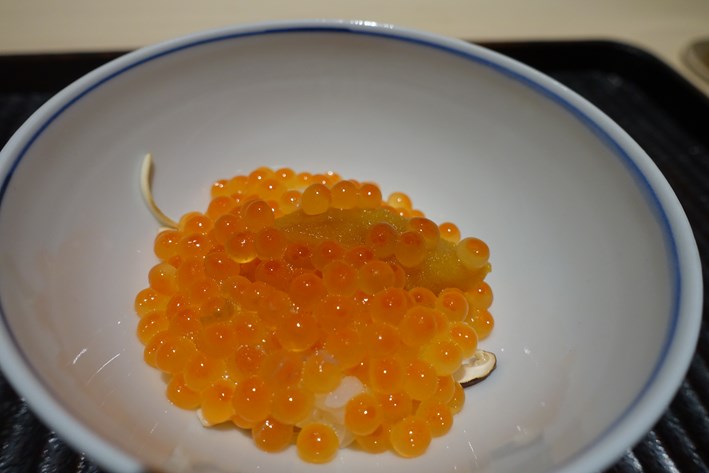
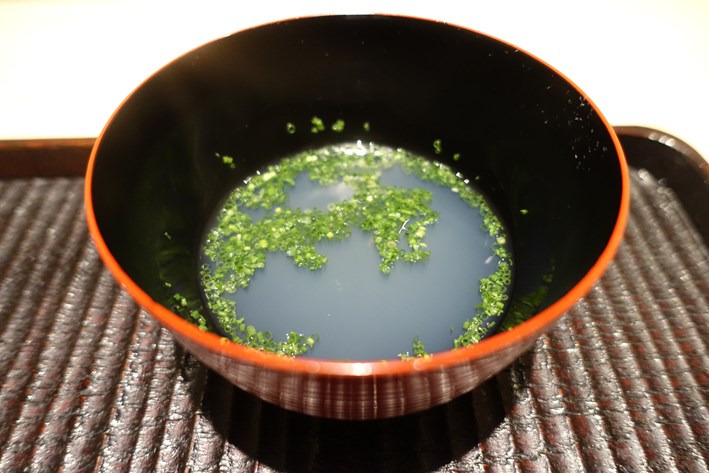

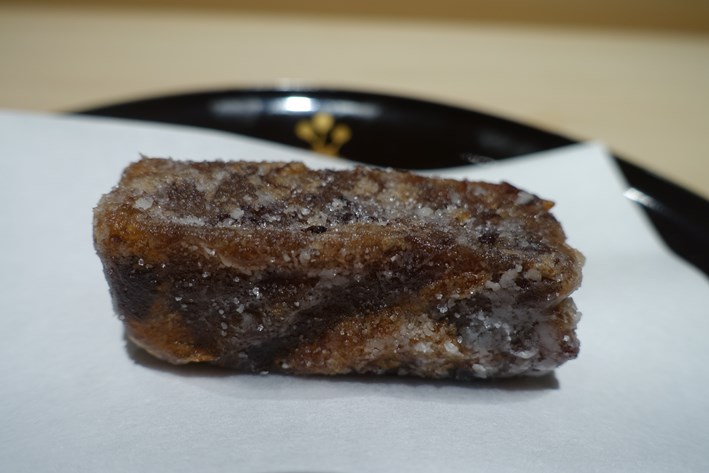
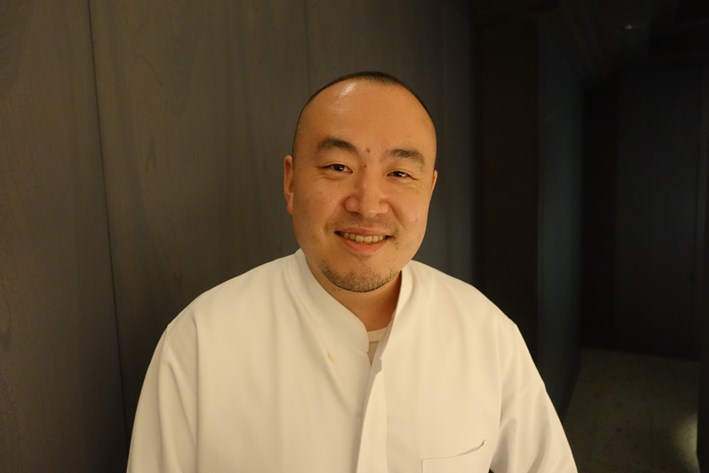

Roger Banks
This is definitely a restaurant for showing off: Voss water, vintage champagne etc. and prices reflect that. But multiples of where? Prices have gone up in the last couple of years in Japan. Where is serving top quality kaiseki at fractions of this price? Ryugin, Iida? If you're looking for value or consistency then go elsewhere but you won't find anywhere else in Tokyo you can book serving the best ingredients it's possible to buy for a substantially less price. The turnip dish is like a palate cleanser before the beef.